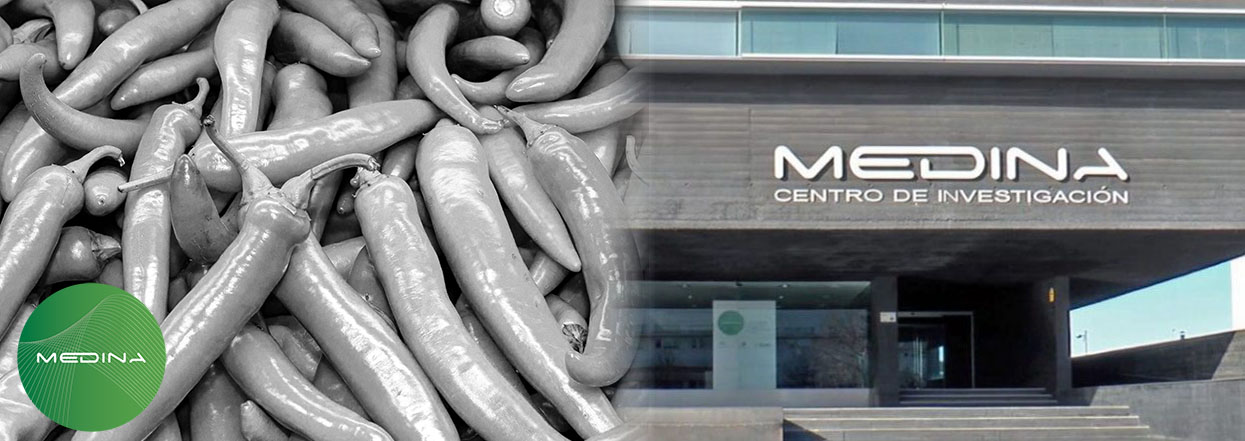Pepper is the most consumed vegetable, after tomato, worldwide. Hot pepper fruits uniquely possess a substance, capsaicin, which acts as an antioxidant, stimulant of energy metabolism and suppressor of fat accumulation, anti-inflammatory and neurostimulant. Recently, several lines of research have focused on the use of capsaicin as a possible treatment for various types of cancer. In general, these studies have been carried out with the pure substance, and its mechanism of action has been modeled to determine some of these functions.
However, in our recent publication in collaboration with Jose Manuel Palma and Francisco Javier Corpas researches from the Zaidín Experimental Station, we have shown that it is the extracts of sweet green bell pepper and not those of hot pepper, which contain high levels of capsaicin, that show greater anti-proliferative activity in seven tumor lines: liver, lung, pancreas, breast, prostate, colon and skin. In parallel, we have been able to establish through a non-targeted metabolomics approach that quercetin and its derivatives (quercitrin, quercetin rhamnoside, quercetin 3-(2Gal-apiosylrobinobioside)) as well as gingerglycolipid A are found in significantly higher concentration in green fruits.
The approval of the PIMANTICAN project will allow us to deepen the identification and characterization of the compounds responsible for such activity in sweet pepper. The research will be approached by non-targeted metabolomic analysis, fractionation of green sweet pepper extracts and identification of the molecules contained in the fractions that show such antitumor activity. Once the active principles have been identified, assays will be carried out to determine the optimum concentration of the same that will produce 50% cell death (IC50) in each of the lines, which is oriented towards biotechnological purposes with a future pharmacological-biomedical application.
MEDINA applies its bioanalytical platform for bell pepper metabolomic study






